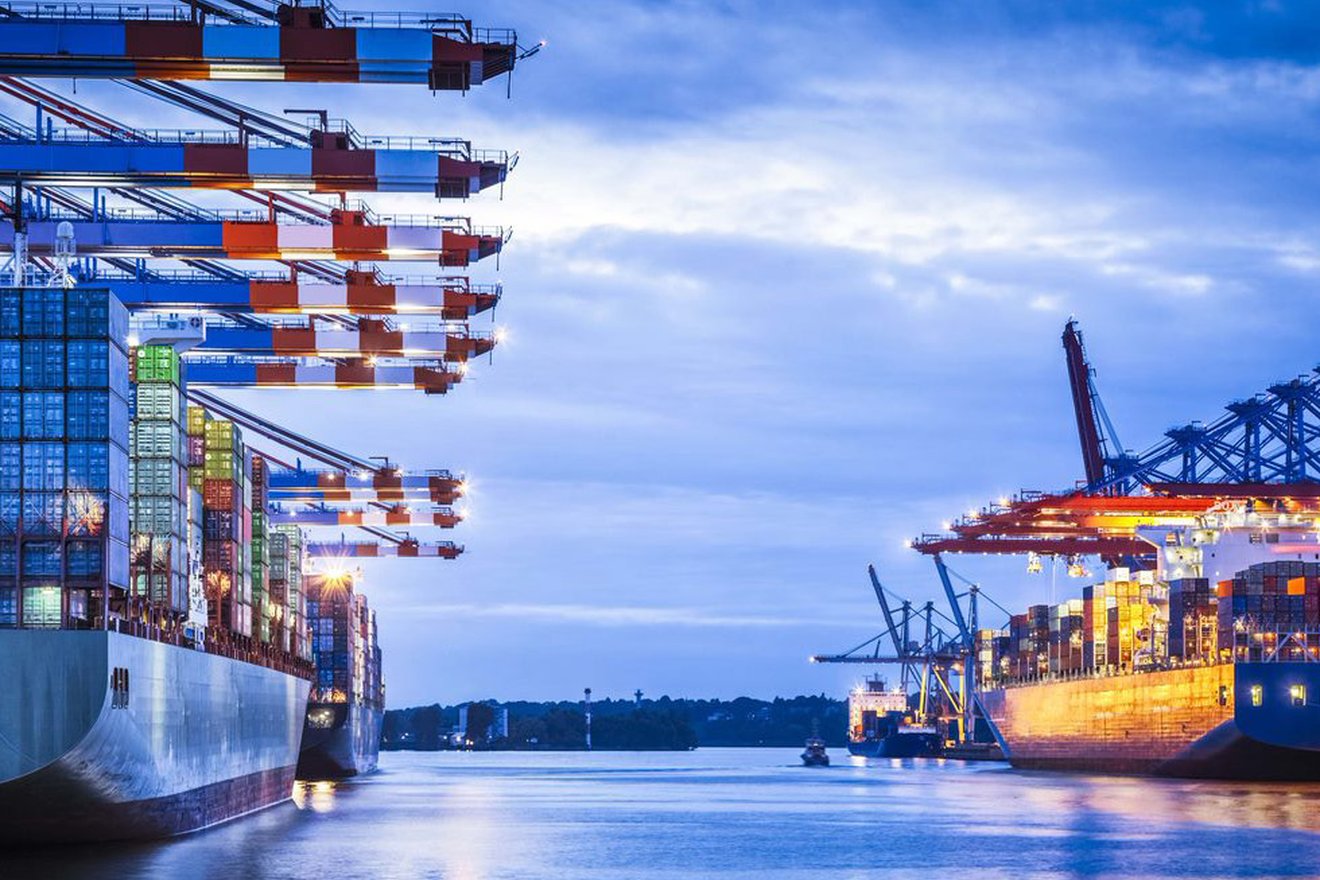- Title
-
Whitepaper: COVID-19: Survive Then Thrive
- Section
- Reports
- Summary

How to restart and rebuild stronger supply chains, post COVID-19
The end of the beginning, not the beginning of the end
After the widespread impact of COVID-19 became apparent, crisis management kicked in. Organizations strived to preserve the welfare of their staff and wider society, while battling to protect their businesses by re-baselining, cutting cost and preserving cash. Over the past weeks, most businesses have never worked so hard to ensure their survival, with procurement and supply chain teams supporting on the front line.
There was a delay, however, in spotting the signs and deciding to act; or more likely, being able to act given entrenched ways of working, a lack of agility or, possibly, a panic-induced paralysis. As we reach a fragile stability, we now must ask and answer two questions:
- How do businesses and supply chains re-open the taps?
- How do they adapt to this uncertain ‘new normal’ and thrive?
From now on, we must move quickly and decisively. Success or failure in what is to come will be far more defining than what has passed.
Part 1: Re-opening the taps
The organizations that forward-plan the COVID-19 restart and then tackle these hurdles head on with energy and confidence will be the ones stealing the competitive edge. In fact, forward-planning may be the defining advantage that improves a company’s future trajectory against its peers.
Complexity in the Supply Chain
The procurement and supply chain ecosystem has become highly efficient over the past 20 years, but at the expense of increasing complexity and reduced agility that may not work post-COVID-19. For example:
- Supply chain layers have increased, decreasing transparency
- Goods and services travel further, increasing geopolitical risk
- Just-in-time management expanded, removing inherent buffers
- Sales and Order Planning (S&OP) became more exacting, to the detriment of managing the unexpected
- Inventory ownership became more integrated, confusing risk ownership
- Staffing models became more fluid, increasing fluctuations in their demand
That’s not to say businesses should rip up the rule book – it has worked very well in many ways – but awareness is the key. Businesses should expect to invest time and energy in critically reassessing their supply chains with increased focus on resilience and agility. However, first there must be a concerted effort to get the supply chain flowing.